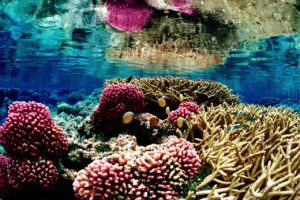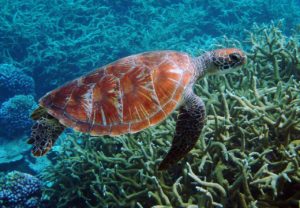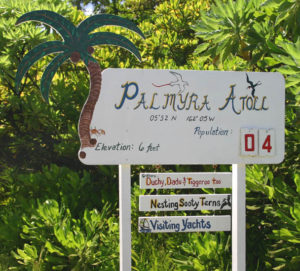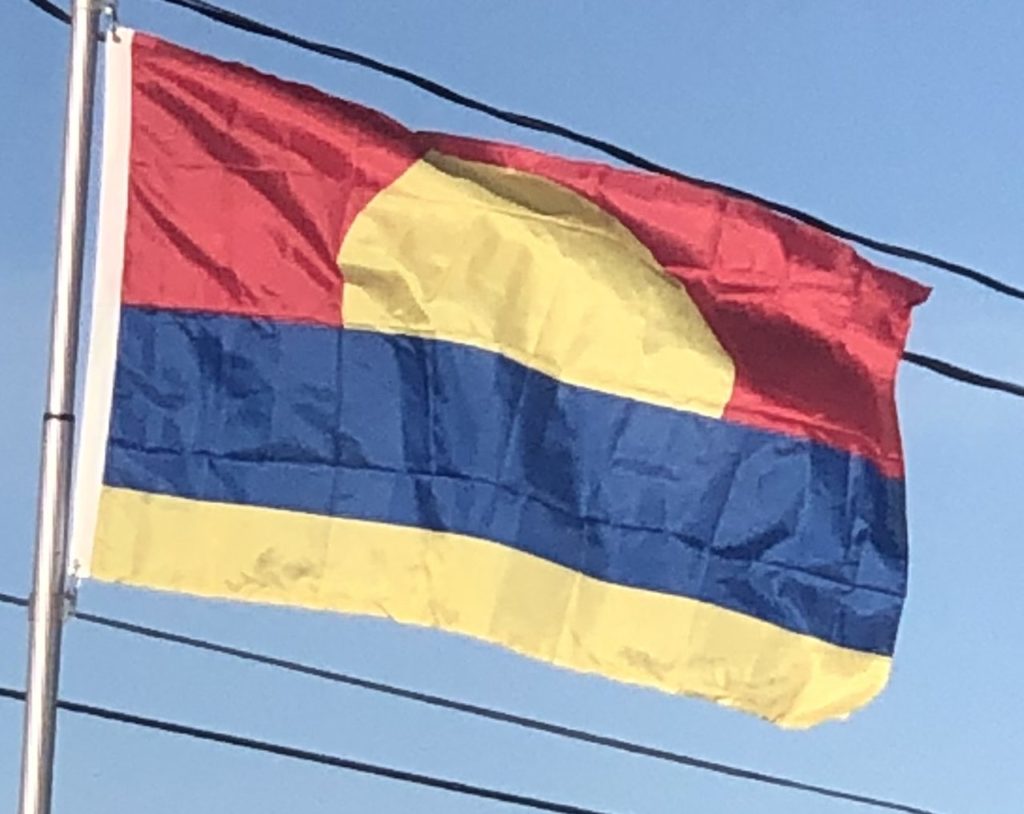“We will close the refuge to commercial fishing but will permit a low level of compatible recreational fishing for bonefishing and deep water sportfishing under programs that we will carefully manage to ensure compatibility with refuge purposes. . . . Management actions will include protection of the refuge waters and wildlife from commercial fishing activities.”

In March 2003, The Nature Conservancy conveyed 416 acres of the emergent land of Palmyra to the United States to be included in the refuge. In 2005, it subsequently added 28 more acres to the conveyance. The Nature Conservancy and Henry Ernest Cooper’s descendants kept their remaining private land tracts at Palmyra.
The conveyance of Palmyra land to The Nature Conservancy, Inc. from the Fullard-Leos in 2000 was subject to a preexisting commercial fishing license. Then in 2001 the Secretary of the Interior banned commercial fishing near Palmyra but allowed sport fishing, as quoted above. In January 2007, the commercial fishing licensees sued the United States in the Court of Federal Claims alleging that, under the Takings Clause, the Interior Department regulation had “directly confiscated, taken, and rendered wholly and completely worthless” their purported property interests. The United States filed a motion to dismiss the lawsuit, and the court granted the motion. On April 9, 2009, the court’s decision was affirmed by the Court of Appeals for the Federal Circuit.
In November 2005, The Nature Conservancy established a new research station on Palmyra to study global warming, the disappearing coral reefs, invasive species, and other environmental concerns.

The Pacific Remote Islands Marine National Monument, comprising Palmyra Atoll, Baker Island, Howland Island, Jarvis Island, Johnston Atoll and Kingman Reef, was established on January 6, 2009 by proclamation of President George W. Bush. The Secretary of the Interior has delegated the responsibility for supervising this National Monument to the U.S. Fish and Wildlife Service.
Limited visits to the refuge are allowed, including by private recreational sailboat or motorboat. Visits must have prior approval, with access to Cooper Island arranged through the Nature Conservancy.
Economy:
There is no current economic activity on Palmyra other than paid ecotourism visits and sport fishing by Nature Conservancy donors.
Transportation:
Most of the roads and causeways on the atoll were built during World War II. All of these are now unserviceable and overgrown with bushes and grass, and most have washed-away gaps. There is a 2,000 yard long unpaved airstrip on Cooper Island that was built for the Palmyra Island Naval Air Station before and during World War II.

A construction program in 2004 erected several two-person bungalows and showers for the temporary residents. Fresh water is collected from the roof of a concrete building in this area. The communal buildings of the area on the southwestern coast of Cooper Island (the only occupied area of the atoll) consist of about half a dozen buildings next to the only sea dock.
Palmyra Atoll Flag:
As is the case with all unorganized territories of the United States, incorporated or not, the official flag of Palmyra Atoll is the flag of the United States.
